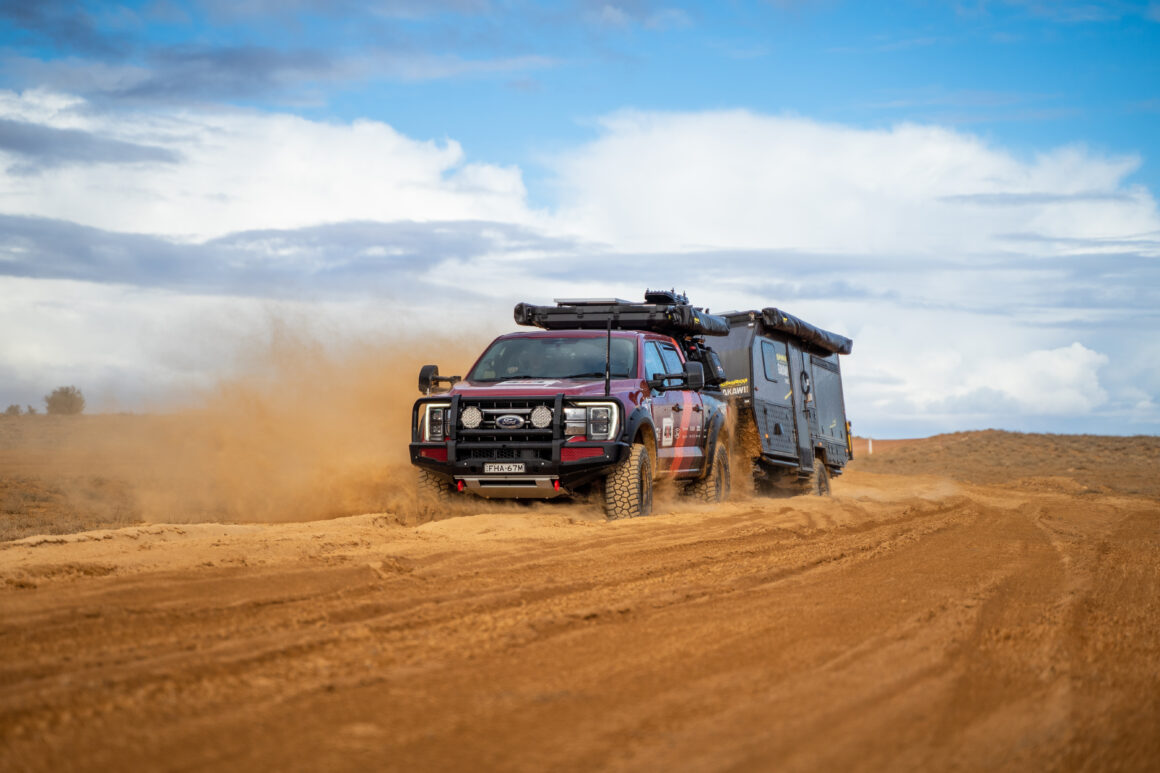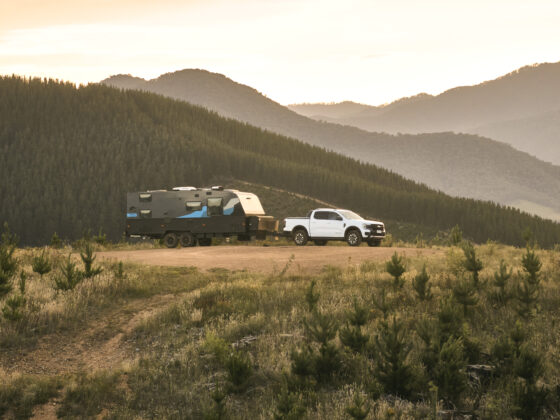In a rare display of political spine, WA Labor senator Glenn Sterle has come out swinging against a federal proposal that could see speed limits slashed on unsigned rural roads across Australia calling it “rubbish” and “stupidity.” And for many regional Aussies, especially those who live and work beyond the black stump, it’s a welcome bit of straight talk.
What’s the Proposal?
The federal government has been running a national consultation on road safety and floated the idea of reducing default speed limits on unsigned sealed roads to 70, 80, or 90km/h, and dropping unsealed roads to as low as 70km/h. That’s a massive reduction for places like WA and the NT, where unsigned roads currently sit at 110km/h by default, not because they’re autobahn-smooth, but because they’re often vast, remote, and a long way between fuel stops or help.
More than 11,000 submissions were made during the consultation, and judging by Senator Sterle’s comments, plenty of those were from people with boots on the ground who know what this would mean for everyday life in the bush.

Truckies, Farmers, and Common Sense
Sterle, a former truckie himself, highlighted what many in the transport industry already know, longer trips mean more driver fatigue, more time on the clock, and more costs passed down the line.
Livestock and Rural Transporters Association of WA chief Jan Cooper echoed that sentiment, pointing out the knock-on effects for animal welfare. Slower trips on hot days increase the risk of heat stress, longer time off water, and put more pressure on drivers to “make up time” where they can.
Safety matters, obviously. But speed limits don’t work in a vacuum, especially when the roads themselves are falling apart. As Cooper put it, improving road maintenance might offer more benefit than simply shifting a few digits on a signpost.
A City Fix For a Bush Problem?
WA Road Safety Commissioner Adrian Warner backed the idea, citing the disproportionate crash stats on remote, low-volume roads, arguing they’re simply not built to be safe at high speeds.
Fair point. But critics say the solution shouldn’t be a blanket reduction that punishes responsible drivers and freight operators doing the right thing, just because some people don’t drive to the conditions.
And that’s where the heart of this issue lies, responsibility. Senator Sterle put it simply: “Drive to the conditions. Drive to the surrounds.”
The vast majority of people who live and work on these roads already do. They don’t need Canberra telling them that 110 is too fast on a corrugated goat track. They already know when to back off the throttle, and when to get a move on.

A Bigger Issue Than Just Numbers
Road safety isn’t just about speed. It’s about quality of roadworks, vehicle condition, enforcement, education, and having enough room to stop or swerve when things go wrong. But too often, it’s easier for bureaucrats to reach for the lazy lever. Lower the limit, tick the safety box, move on.
The question is, does it actually make people safer? Or just slower?
Final Word
No decisions have been made yet, and the feds are keeping tight-lipped about where the consultation will lead. But for now, it’s refreshing to see someone in government call out a dud idea for what it is, and remind Canberra that outback Australia isn’t a spreadsheet to be tidied up.












